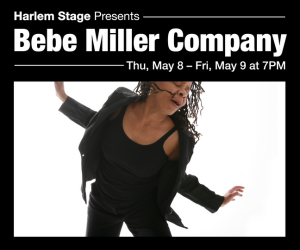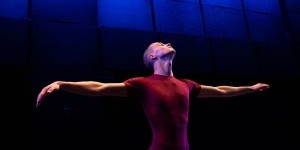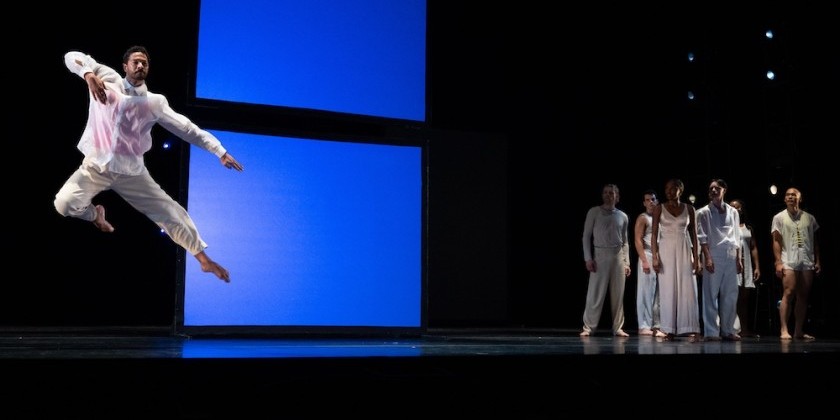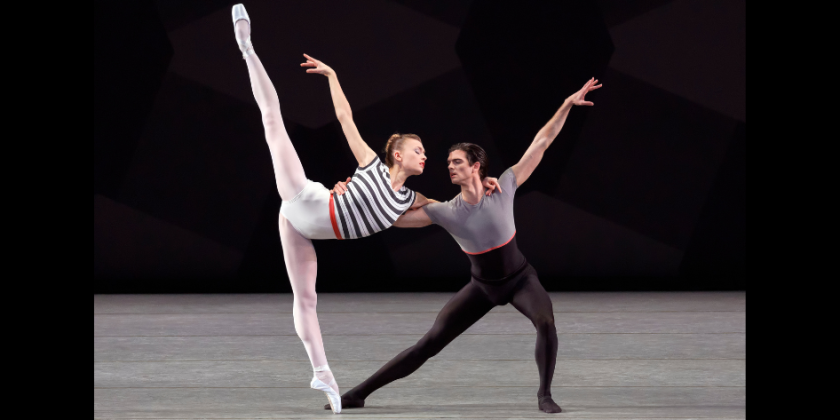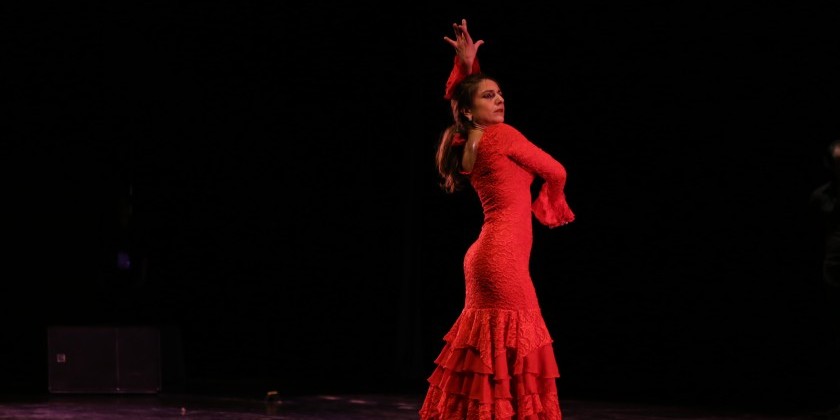DAY IN THE LIFE OF DANCE: A Peek Into The New Normal, The Changing Face of the Performance World at APAP

From Dancers, Singers, and Actors to Cultural Producers in the Virtual World
APAP, otherwise known as The Association of Performing Arts Professionals, is the national service, advocacy and membership organization for the live performing arts. Every January in New York City, APAP hosts its annual conference to promote a robust performing arts presenting, booking and touring industry. This year, of course, events happened virtually. While The Dance Enthusiast couldn’t cover the entire conference, we thought it especially important to be in on some of the conversations that will shape performance going forward. Here’s one.
The Art of Going Virtual—Digital Innovations in Live Programming
Speakers: Claudia Alick, Executive Producer for Calling Up Justice
Samantha Pollack, Director of Programming Washington Performing Arts
John Zion, Managing Director MKI Artists
Lauren Ruffin, Co-Founder Crux
Kristin Marting, Founding Artistic Director HERE
Drastically altering the creation and performance landscape, COVID-19 has forced organizations and artists to figure out how to operate virtually on the turn of a dime. Many realized that they had much to learn. What kind of computers do we have? What exactly is bandwidth and how much do we need? What equipment should we obtain? Do we attempt to replicate our usual process of rehearsal and performance, or try something new? What do we have to spend? Can we make any money? This panel touched on the challenges, inspirations, and possibilities of interacting in a new sphere.
Samantha Pollack, director of programming at Washington Performing Arts, and the producer of two gospel choirs in the D.C. area, decided a focus change was needed. Instead of rehearsal being the center of their choirs’ activity with a "roomful of fifty Zoom boxes all trying to sing at the same time,” classes in musicianship, theory and individual training became paramount. “We tried to look at what we could do that would enhance musicality in a different way.”

Kristin Marting of HERE, a presenter and creator of innovative theatre, dance, music, puppetry, media and visual art in Manhattan, made it a priority to pay artists and to keep them working. “We felt like it was our responsibility to connect artists and audiences, so that they could have meaningful interchange and so art could play a role in our audience's lives at an incredibly stressful time.” The organization has paid 700 artists since March 2020.
At first, HERE showcased older works online with live chats from artists. They played with work-in-progress showings and collaborative “fun" projects where each artist involved might contribute ten seconds to a virtual piece, passing along unified prop in each sequence. Later, online premieres to reflect the times were commissioned. In the early stages, work was shared for free, but for the premieres audiences were charged based on a sliding scale from five to fifty dollars. Used to reaching about 30,000 people with regular performances, in the virtual space HERE has, thus far, reached over 200,000 people.

John Zion, managing director of MKI artists, an agency that represents select musicians, encouraged considering the “high quality broadcast videos in our pocket,” aka smart phones, for content creation. He sees online arts content (which the group later agreed to refer to as cultural production) as a powerful way for artists to directly connect to audiences and patrons.
“One of the questions that often comes up is, is it possible to make any money doing virtual content, and I think that the answer is a resounding 'yes'. We have seen six figure paydays for high profile artists.” ( As of this publishing The Dance Enthusiast is waiting for a reply from Zion regarding who these high profile artists might be, and what they do virtually that brings in so much money.)

“What we are seeing,” said Lauren Ruffin co-founder of Crux, creator of immersive stories using virtual reality (VR) and augmented reality (AR), “is the collapse of the media universe …Your local arts organizations are now operating in the same space that Netflix is operating in.” With audiences hungry for content, she believes that the possibilities for creation and for acquiring some of the income stream of bigger media entities to be endless.

Claudia Alick, executive producer of Calling Up Justice, a transmedia production company, and this panel’s moderator, expressed her desire to take part in “audience-ing” again. Is that soul satisfying chatting, bumping into old friends, laughter and excitement that happened around and outside performance a thing of the past?
Ruffin thinks not. We can commune with audience members as well as artists virtually. Immersive technologies allow audiences to roam, giving them the ability to choose what they want to see, and who they can be with online.
As the panel concluded, Ruffin urged everyone in the virtual APAP space to think of digital production in a new light. “The ability to have accessible spaces that are captioned, where folks don't have to leave their home ...don’t have to put their health at risk, that we can do cheaply and decrease our carbon footprint... you know, I would much rather focus on building that muscle for that life, [rather] than simply thinking about this as being a placeholder. The opportunities for accessibility, change, and for the environment in this space are so powerful.”

Alick affirmed this idea, “We are all now cultural producers of the new normal. And it will have to be accessible to all of us…This is not about making something work for the time being. This is making something work for the rest of our careers.”
The Dance Enthusiast would love to hear about our reader's forays into online performance. What have you enjoyed, or not? What would you like to see? Are you a cultural producer? What resources do you need to help create your online universe? Let us know in the Facebook comment section below or email us with your thoughts at info@dance-enthusiast.com





